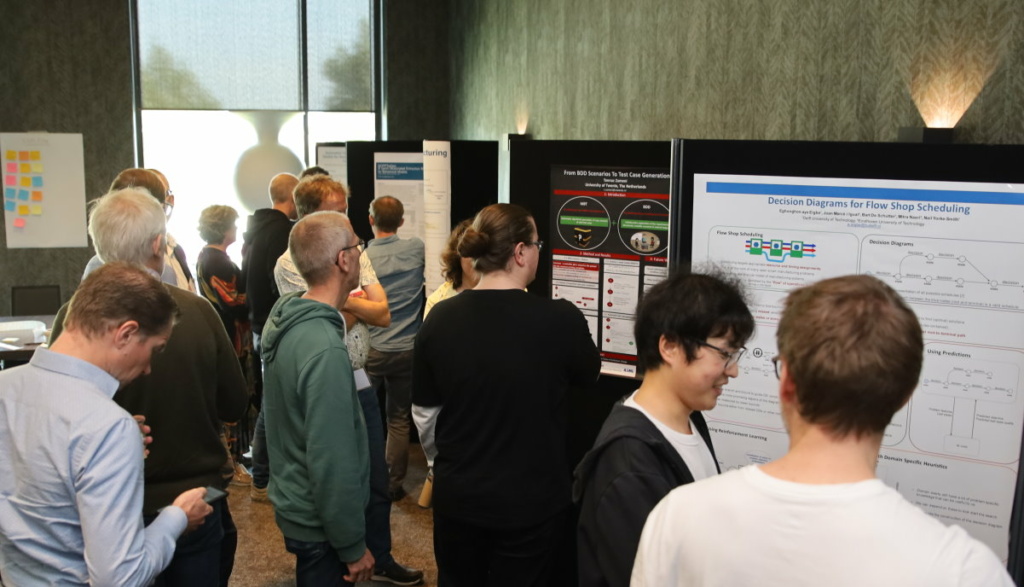
Academia and industry mix to master complexity
“The complexity of high-tech equipment is increasing, affecting all phases of system development. For a company, failure to manage this complexity can lead to errors, delays and cost overruns,” says Benny Akesson, a senior research fellow at TNO-ESI. “The problem is exacerbated by a shortage of skilled people, requiring the productivity of engineers and researchers to increase substantially over the next decade. This requires new engineering methods that span all design phases. At ESI, we conduct applied research, bringing the academic state-of-the-art into the industrial state-of-the-practice. Sometimes, however, the academic state-of-the-art needed to address the complexity challenge is unavailable, so then we initiate strategic academic programs, like Mascot.”
The Mastering Complexity program (Mascot) is a 6-year, 3-million-euro partnership set up by TNO-ESI with the Dutch research council NWO. Participants investigate and deliver the next generation of engineering methodologies to help manage the increasing system complexity at low cost and enable future industrial systems to be quickly developed while providing high quality. The explicit goal is to create a continuous, seamless pipeline from academic research at technology readiness level (TRL) 1-4 into ESI’s regular research program at TRL 4-7 to final utilization in industry at TRL 7-9.
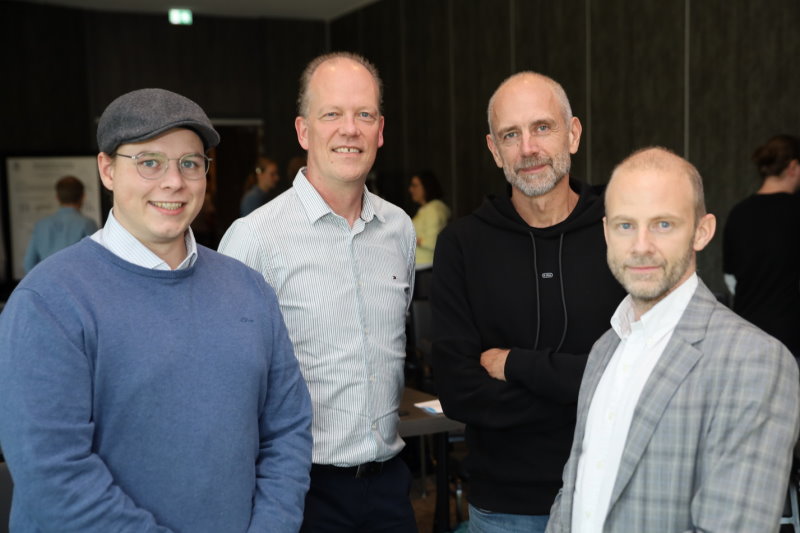
“It’s like an innovation funnel going from academic research to applied research to industrial embedding,” summarizes Akesson, who is a member of the Mascot core team. “This isn’t a straight line; there’s quite a lot of back and forth. What’s learned in applied research can also be fed back into fundamental research to come back in a more mature form a couple of years down the line.”
Challenge and motivate
Mascot encompasses four projects: Design Space Exploration (DSE) 2.0, Programming and Validating Software Restructurings, Scheduling Adaptive Modular Flexible Manufacturing Systems (SAM-FMS) and Testing in Times of Continuous Change (Tictoc). They’re executed at the universities in Amsterdam, Delft, Eindhoven, Leiden, Nijmegen and Twente, involving 12 PhDs, one EngD candidate, one postdoc and one scientific assistant and using a case from one or more partner companies. Thus, the researchers get to experience both the academic and the industrial practice. Akesson: “The first discussions with NWO began in 2017. In 2018, we wrote a call for projects. Proposals were submitted and evaluated in 2019 and the first PhD students started working in 2020. About three years into the program, the projects are now beginning to yield results.”
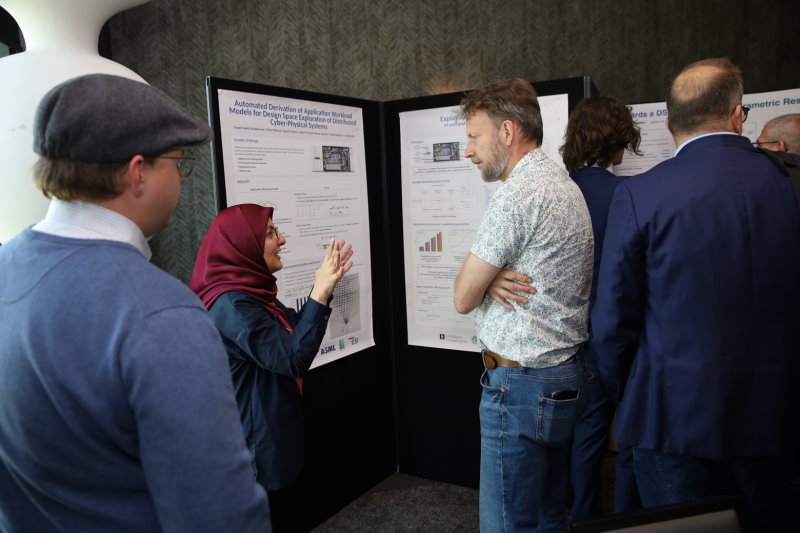
Philips’ Daan van der Munnik acknowledges the value Mascot brings to the innovation funnel at his company. “On the short term, we have our internal product development activities. For medium-term topics that are still somewhat less mature, we have collaborations with TNO-ESI. Next to this, we’re conducting more advanced research into ideas that are interesting and may work eventually but that might take a while longer before they’re mature enough. That’s typically where initiatives like Mascot really fly. These aren’t projects that run for a mere couple of months; with a multi-year involvement of PhDs, you’re in there for the long haul.”
“Mascot allows companies to take on high-reward topics that they would otherwise put off for being too risky,” adds Twan Basten, a professor at Eindhoven University of Technology (TUE) working on the borders of computer science and electrical engineering and a senior research fellow at ESI. “At the same time, by closely collaborating with these industrial partners, through a facilitator like ESI, university researchers like me can discover the challenges the companies are facing not just tomorrow but the next few years and identify new scientific questions to work on. Within Mascot, we can connect undergraduate, graduate, PhD and EngD projects. The program enables industry and academia to both challenge and motivate each other.”
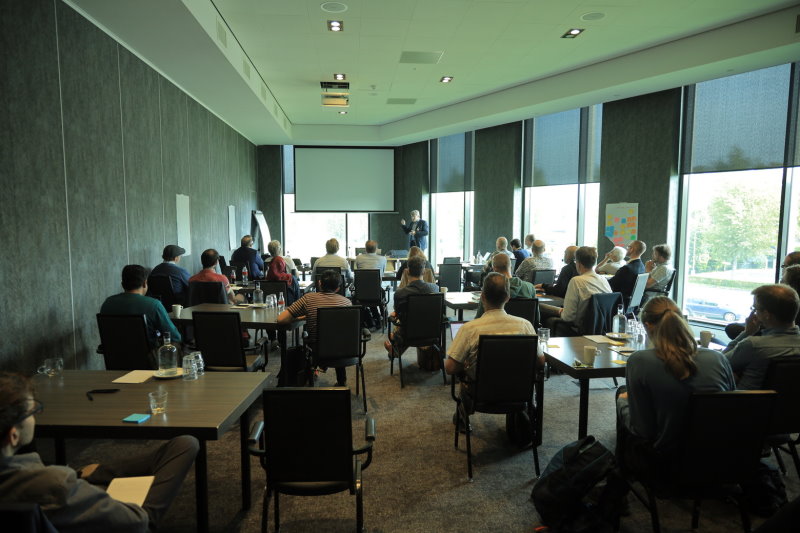
“In a regular PhD project, you rarely get out of the academic bubble. Mascot offers me the opportunity to be onsite at ASML and network with and learn from industry experts,” says Marius Herget, a PhD student at the University of Amsterdam. “Instead of theorizing about rather synthetic academic examples, I get to accumulate real-life skills, working on the world’s most advanced machines, collaborating with engineers planning the next design iterations, attending meetings where day-to-day challenges are being discussed.”
Coherent program
All Mascot projects are linked to running applied research activities at ESI, Akesson points out. “Take the DSE 2.0 project, which Marius is part of and in which I’m also involved as a part-time professor at the University of Amsterdam. It connects to two projects ESI has been executing at ASML for the past six years – Concerto and Maestro. These are basically about instrumenting systems to get insight into their behavior, which is strongly related to design space exploration. From traces generated with tools and techniques developed in Concerto and Maestro, we can create models that we can use in DSE 2.0. Supported by a liaison from ESI, people from both sides regularly meet to present progress, share ideas and give pointers.”
Van der Munnik sees the same cross-fertilization in the Mascot project focusing on software restructuring. As a technical department manager in the Image Guided Therapy Systems division of Philips, he’s responsible for the imaging and image processing software in the Azurion product line. “Part of our Mascot work is about validating the correctness of code restructurings. One of our PhD students looked into model-based testing and published a paper on model traversal. We took this research and applied it in a project we’re doing with ESI on testing based on Comma models.”
Likewise, SAM-FMS is linked to the Adaptive Intelligent Manufacturing Systems (AIMS) collaboration between ESI and Canon Production Printing (CPP). “There’s a really nice transfer in both directions there too,” observes Basten. “Ideas, but also models, DSLs and case studies, from AIMS are being fed into SAM-FMS, and the other way around.” Mascot is generating some very useful spinoff as well, he notices. “For example, the dynamic way to handle maintenance that has been developed in SAM-FMS by a PhD student from Delft is currently being integrated into the CPP code base in a connected engineering doctorate project.”
“We aim to run the four Mascot projects as a coherent program,” emphasizes ESI’s Akesson. “To stimulate this, we bring all the participants and the academic and industrial stakeholders together at an annual Mascot Program Day. There, everyone gives an update on progress and topics are discussed that are relevant across the board, such as best practices for collaborating. During the recent third edition, the theme was technology transfer. As we’re getting to the productive part of the projects, it becomes important to discuss how to facilitate the transition from academics to ESI to industry, or to industry directly.”
Professional assistance
The crossover between the two worlds does come with some practical challenges. “There are a few extra hoops I have to jump through,” finds Herget. “Working so close to ASML’s machines, you naturally have to deal with confidentiality, intellectual property protection and security. This incurs some additional overhead when you’re preparing a scientific paper, for example, or when you want to use non-standard software tooling. However, the inconveniences are only minor and they’re far outweighed by all the benefits.”
“Collaborating with industry, I’ve also experienced that the requirements for software are much higher there,” Herget continues. “PhD students usually don’t produce perfect quality code. In academia, that’s no problem. You just build a proof of concept, open-source it and, in most cases, nobody will ever touch it again. In industry, quality is an issue. For engineers to take up PhD work and develop it into a proper product, which would be the perfect funnel, the implementation really needs some professional attention.”
“In the DSE 2.0 project, Marius and his fellow PhD student are assisted by a scientific programmer. He helps them put the pieces together and is instrumental in the transfer to industry,” illustrates Akesson. “Especially in academic projects of a more applied nature, like those in Mascot, it’s very valuable to have someone who can bring theoretical work to something that can be integrated and tried out in an industrial environment.”
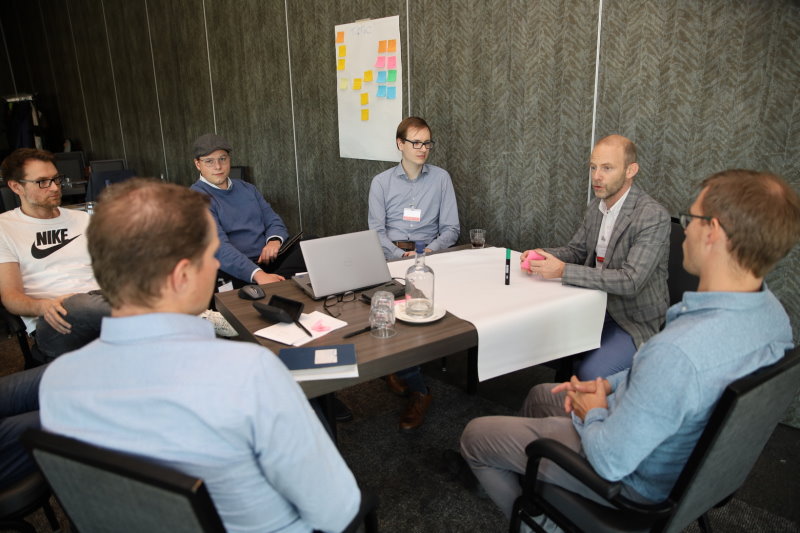
The crossover isn’t for everyone, Van der Munnik of Philips notes. “As a partner company, we were responsible for staffing our own project. We interviewed quite a lot of students and asked them to explain how they would approach the practical implementation. I can say that it took us a while to find suitable PhD candidates.” Herget: “Maybe that’s also because this mix of doing research and working in industry is relatively unknown. Many of the students I talk to are genuinely surprised to learn that this possibility exists.”
TNO-ESI aims to have more students follow in Marius Herget’s footsteps. “Mascot certainly isn’t going to be our last academic partnership,” concludes Akesson. “We’re constantly looking for opportunities to continue to engage with our academic partners on topics that are strategic for us and our industrial partners.”
This article was written in close collaboration with TNO-ESI.





